Get Help Now: 337-205-5558
Fire Damage Assessment: Understanding Drymax's Process for Scope and Restoration Planning
Fire damage can leave homeowners feeling overwhelmed and uncertain about the path to recovery. Understanding how experts assess fire damage is crucial for restoring safety and comfort to a home. The process used by Drymax to evaluate fire damage involves a systematic approach that identifies the extent of destruction and informs the restoration strategy, ensuring a targeted and efficient recovery.
The assessment begins with a thorough inspection of the property, where trained professionals examine the impacted areas for fire, smoke, soot, and water damage. This initial evaluation is critical, as it helps to prioritize repairs and isolate any safety hazards. Following the inspection, Drymax specialists develop a comprehensive report detailing their findings, which serves as a foundation for the restoration plan.
Homeowners can expect clear communication regarding the assessment results and the proposed restoration actions. Keeping homeowners informed helps demystify the process and establishes trust during a challenging time. By knowing what to expect, they can approach the restoration journey with confidence and clarity.

Understanding Fire Damage
Fire damage encompasses various forms of destruction and consequence that can occur after a fire incident. Assessing this damage is critical in forming an effective restoration strategy. Two key aspects to understand are the types of fire damage and the impact of soot and smoke on affected properties.
Types of Fire Damage
Fire damage can be classified into several types, mainly structural, content, and cosmetic damage.
- Structural Damage: This involves the physical integrity of buildings, including weakened walls, roofs, and foundations. Structural inspections are essential to determine safety and repair needs.
- Content Damage: Personal belongings such as furniture, electronics, and clothing often suffer extensive harm from flames and heat exposure. Restoration experts evaluate items for salvage or replacement options based on severity.
- Cosmetic Damage: This refers to aesthetic concerns like charred surfaces, discolored walls, and damaged flooring. While these issues may seem less severe, they require attention to ensure the property returns to its original condition.
Impact of Soot and Smoke
Soot and smoke contribute significantly to the overall damage during and after a fire.
- Soot Damage: Soot consists of tiny carbon particles that can settle on various surfaces. It can permanently stain walls, carpets, and upholstery if not promptly cleaned. Soot removal is crucial for preserving the appearance and integrity of materials.
- Smoke Damage: Smoke penetrates porous materials and can lead to lingering odors and health hazards. The presence of harmful chemicals may pose long-term risks if not adequately addressed. Effective smoke remediation is vital to restore indoor air quality and comfort.
Understanding these elements helps homeowners gauge the extent of fire damage and guides them in the restoration process.
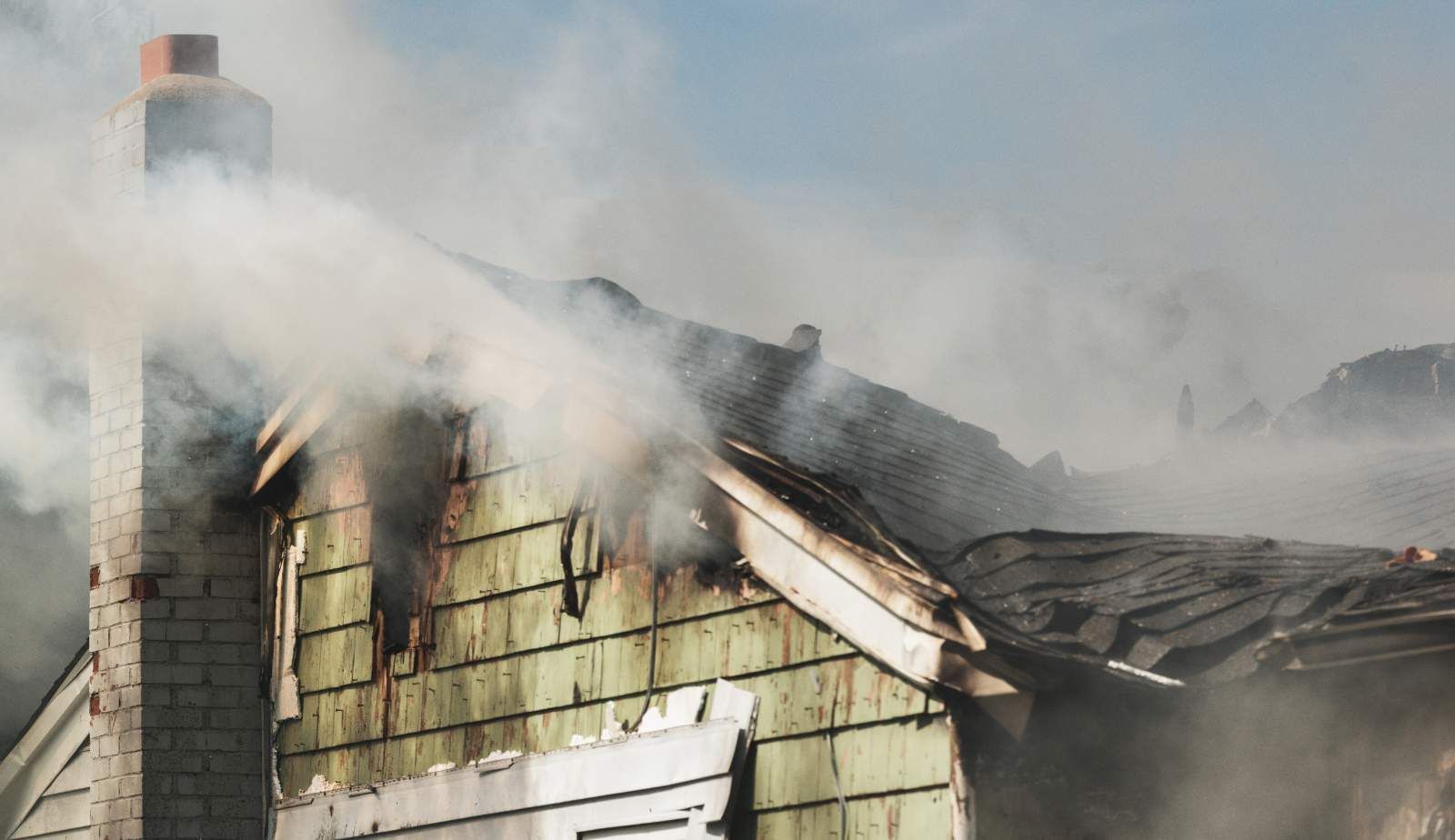
Pre-Assessment Steps
Before conducting a fire damage assessment, a series of critical pre-assessment steps are undertaken to ensure safety and effectiveness. This phase lays the groundwork for understanding the extent of damage and planning the restoration process.
Ensuring Safety
Safety is the foremost concern when entering a fire-damaged property. Experts, such as those at Drymax, prioritize a thorough initial assessment to identify hazards. They often conduct a visual inspection to check for structural damages, including weakened walls and ceilings.
Personal Protective Equipment (PPE) is essential during this phase. Typically, this includes:
- Hard hats for head protection
- Respirators to guard against smoke inhalation
- Gloves to protect hands from contaminants
By ensuring the site is safe, they protect themselves and prepare for a detailed evaluation. Proper safety protocols allow the assessment team to operate effectively without risking further injury or damage.
Tools and Equipment Used
A variety of specialized tools and equipment are employed during the assessment process. Moisture detectors are critical for identifying hidden moisture, which could facilitate mold growth if left untreated. Thermal cameras help pinpoint areas of heat damage not visible to the naked eye.
Other essential tools include:
- Flashlights for illuminating dark areas
- Measuring tools to evaluate the dimensions of affected spaces
- Digital cameras for documentation and reporting
These tools provide valuable insights into the extent of the fire damage, enabling professionals to formulate an effective restoration strategy. By utilizing advanced equipment, they enhance the accuracy of their findings, ultimately guiding the restoration process more efficiently.
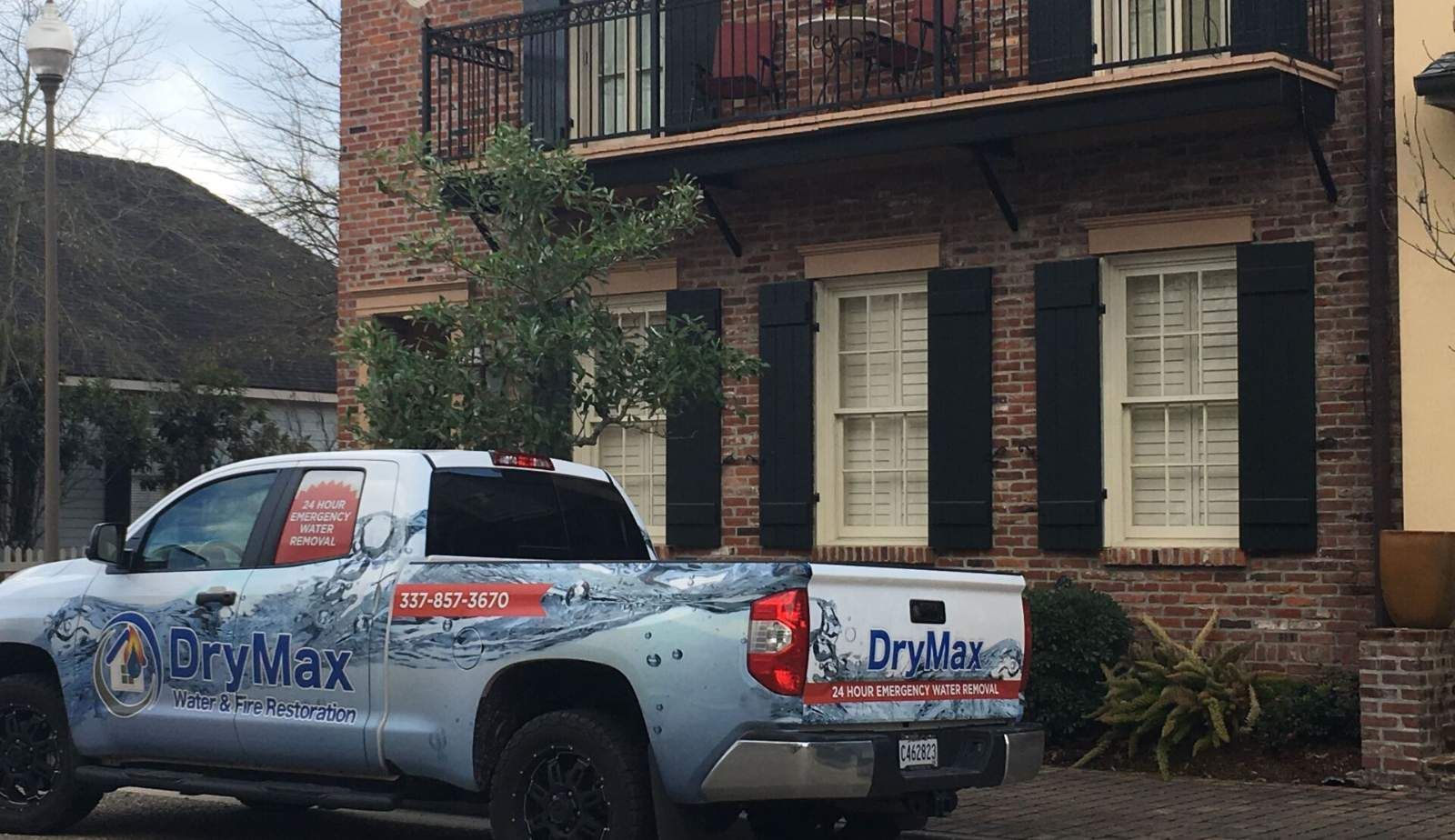
Frequently Asked Questions
Understanding fire damage assessment and restoration can provide clarity for homeowners facing the aftermath of a fire. The following questions address the key aspects of the assessment process, strategies for restoration, and challenges that may arise.
What steps are involved in the fire damage assessment process?
The fire damage assessment process typically includes several steps. First, experts conduct a visual inspection to identify safety hazards. Then, they evaluate the extent of damage to structural components and personal belongings. Finally, a detailed report is created to guide the restoration strategy.
Can you explain the strategies used for restoring different types of fire and smoke damage?
Restoration strategies depend on the type and severity of the damage. For instance, light smoke damage may require basic cleaning and deodorization. In contrast, heavy fire damage may necessitate more extensive repairs, including structural reinforcement and complete rebuilding of affected areas.
How do restoration experts determine the extent of damage after a fire?
Experts use various techniques to assess damage, including thermal imaging and moisture detection. They examine not only visible damage but also any concealed issues within walls or other structures. Comprehensive evaluations help ensure that all affected areas are addressed during the restoration.
What are the most common challenges encountered during fire damage restoration?
Common challenges in fire damage restoration include dealing with hazardous materials and structural instability. Smoke-related issues, such as lingering odors and staining, can also complicate the process. Additionally, navigating insurance claims and expectations can pose logistical hurdles.
What role does the S740 standard play in the restoration of personal items after a fire?
The S740 standard provides guidelines for restoring personal property affected by fire and smoke damage. This standard outlines necessary procedures for cleaning, deodorizing, and restoring items. Adherence to these standards ensures consistency and effectiveness in the restoration process.
What methods do professionals use to ensure fire damage remediation is thorough and safe?
Professionals employ a variety of methods to ensure thorough remediation. These include using specialized cleaning agents, equipment like ozone generators for odor removal, and proper ventilation techniques. Safety protocols, such as wearing protective gear and addressing hazardous materials, are also essential throughout the process.
You might also like
DryMax Restoration Blogs
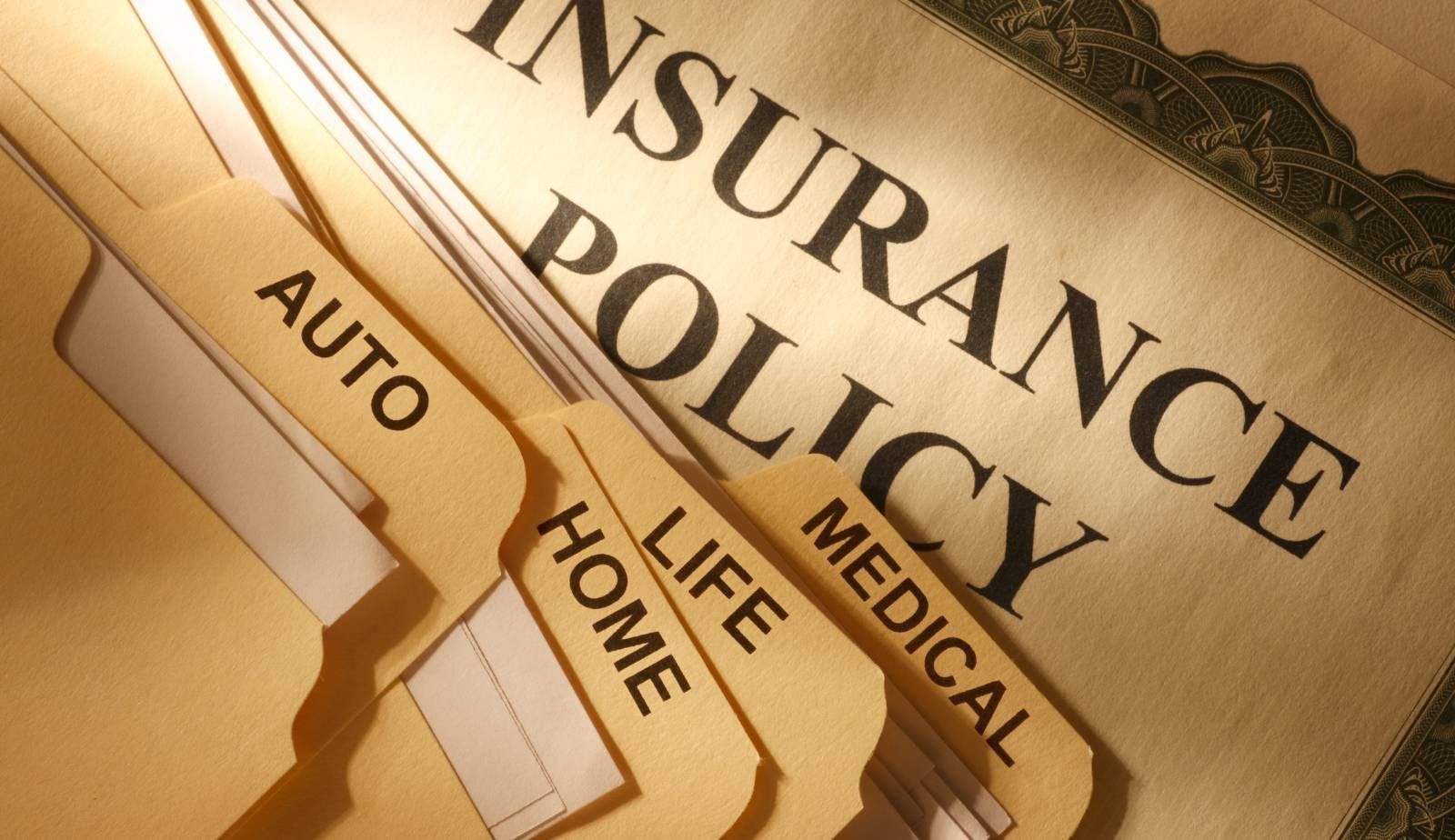
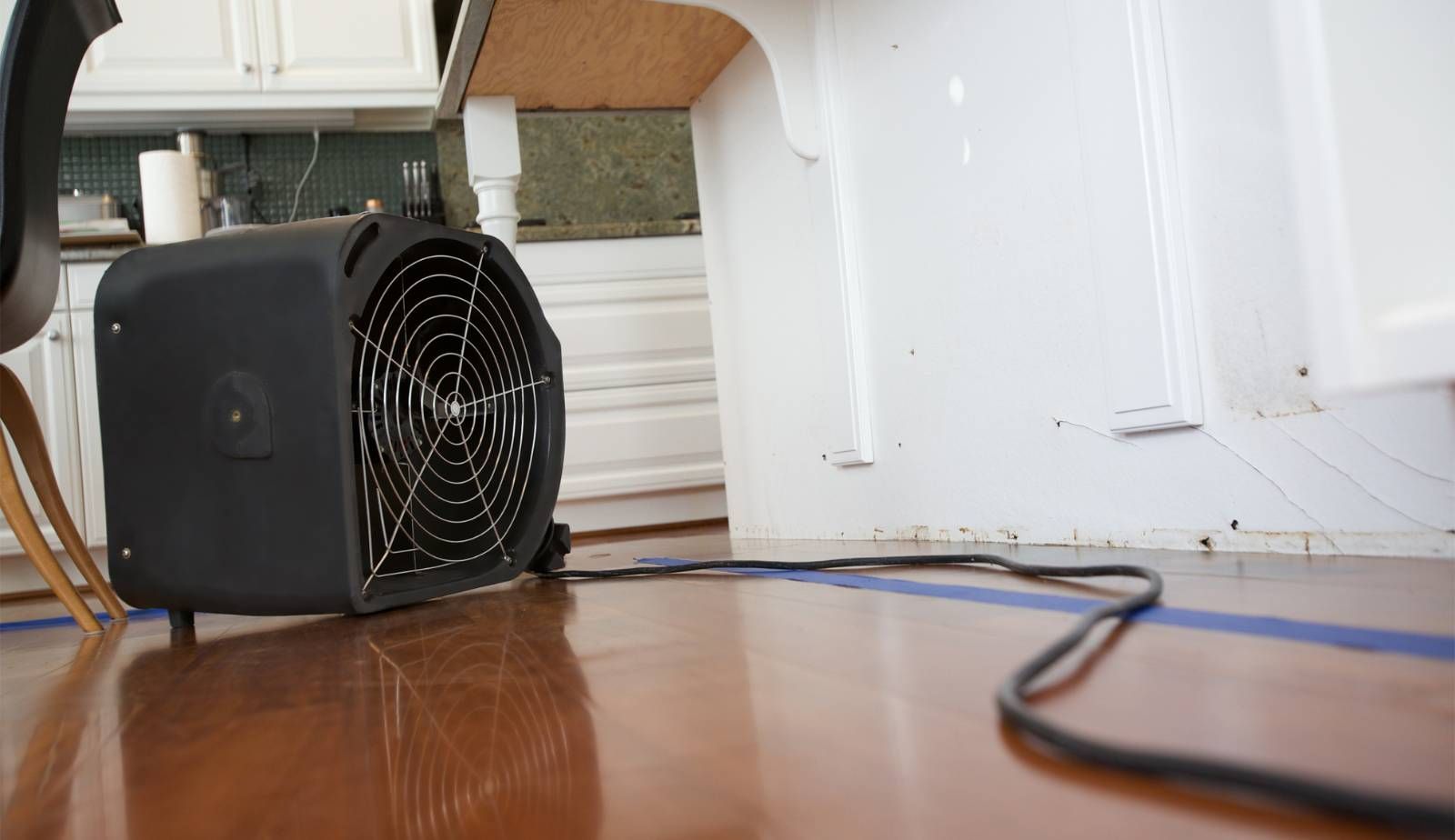
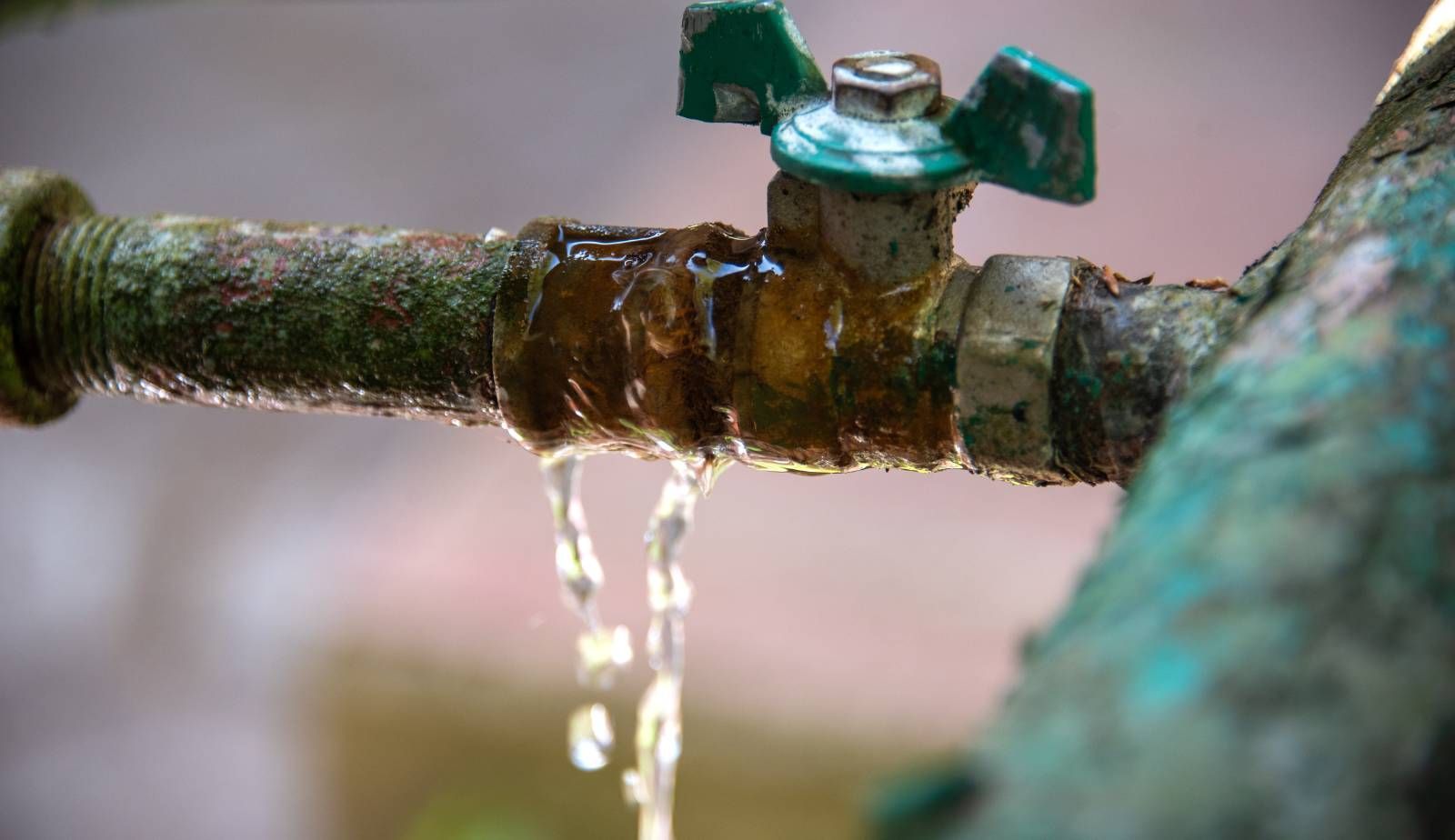
DryMax Ville Platte
DryMax Lafayette
120 Rue Beauregard Ste 201, Lafayette, LA 70508
Phone: 337-205-5558
Service Areas
Services
All Rights Reserved | DryMax Water & Fire Restoration | Website Design by Mastertech Franchise Systems

